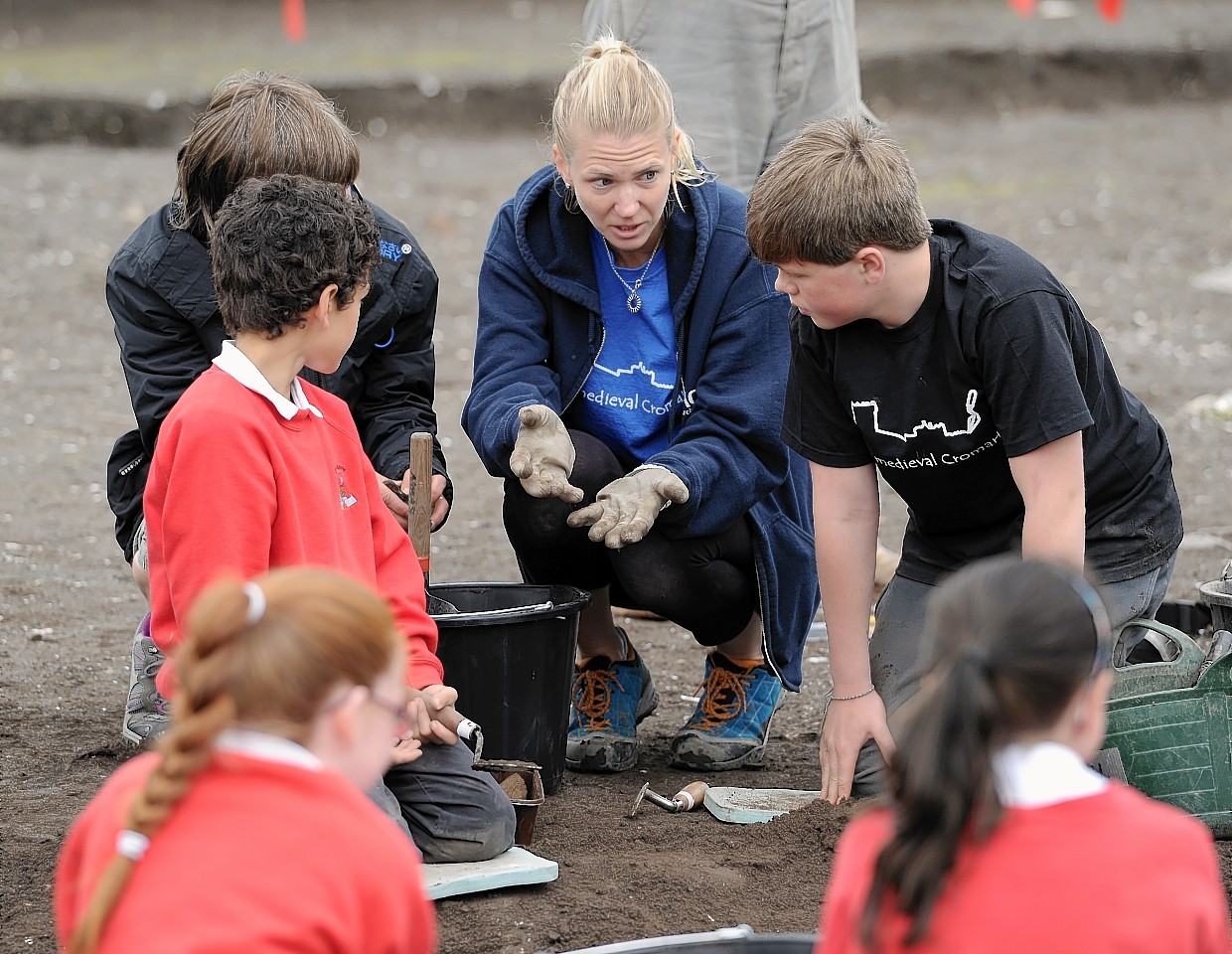A Black Isle community will host a summit of archaeologists next month to consider one of the “most significant” Scottish medieval excavations.
The experts will discuss work on the site of Cromarty’s medieval burgh at the public event on November 12.
The fieldwork, led by local archaeologists Steven Birch and Mary Peteranna, has helped to explain the evolution of the royal burgh over 600 years.
The Press and Journal reported earlier this year that they had found evidence that a devastating fire destroyed the entire community in the 14th century.
The work began when Mr Birch and Ms Peteranna first discovered exposed buildings and pieces of medieval pottery along the coastline after severe storms in December 2012.
Mr Birch said: “As soon as I saw the pieces of medieval pottery and tantalising fragments of a wall exposed by the sea I was excited to learn more.
“It is very rare for part of a medieval royal burgh to go out of use and return to farm land, so we knew that this site in Cromarty could potentially be very significant in adding to our understanding of Scottish history.”
Ms Peteranna said: “It has proven to be potentially one of the most significant Scottish medieval excavations and we are grateful to have had the funding support from the Heritage Lottery Fund and the Highland Council, and equally as important the support of the community and hundreds of amazing volunteers.
“Each year has presented exciting new discoveries.
“During 2015, and 2016 in particular, we uncovered extensive evidence for burnt structures, relating to a settlement that was destroyed by fire around the 14th century.
“Although the fire was obviously a disaster, the burning has helped to preserve fragments of the wood that formed the buildings.
“We also located a site where grain may have been stored, and recovered fragments of what appear to be burnt wooden containers such as barrels.”
